Service hotline
+86 0755-83044319
release time:2025-05-29Author source:SlkorBrowse:1097
On May 24, 2025, Kinghelm Electronics and SLKOR Semiconductor invited Jiang, an organizational and management model expert from Huawei, to conduct a specialized training session on "Organizational Management System Construction." The training delved deeply into the "Law of Entropy Increase" and "Dissipative Structures" in organizational contexts. Participants integrated theory with practical work scenarios and proposed three key insights on how organizations can break rigidity and achieve "anti-entropy growth" in complex environments. Mr. Song Shiqiang emphasized: "This year is foundational for our company’s organizational and standardized management. We must learn from Huawei, our benchmark, and deepen our understanding of organizational management through rigorous study and reflection!"
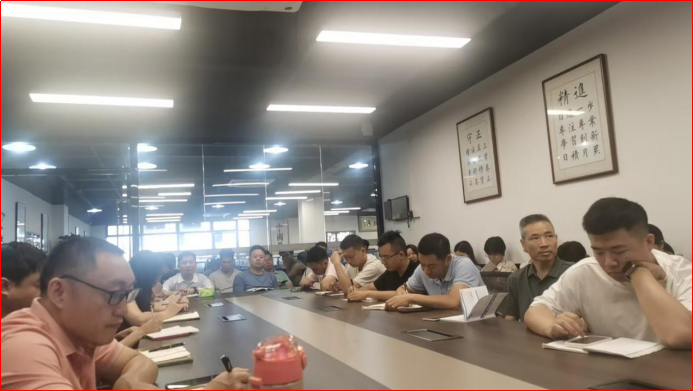
Participants attentively taking notes during Jiang’s training.
I. Theoretical Foundation: Entropy Increase Is Irreversible, but Organizations Can Actively "Reduce Entropy"
The Law of Entropy Increase originates from thermodynamics. Huawei pioneered its successful application to organizational management, with the core principle being: Closed, isolated systems inevitably descend into disorder, while open systems form dynamically balanced dissipative structures through energy exchange. This physical law provides the logical foundation for organizational evolution:
1. Openness as a Prerequisite for Survival
Song Yuanming (Kinghelm Foreign Trade Manager): "A closed system inevitably succumbs to ‘entropy death’; only openness can input negative entropy." He cited Huawei’s rotating CEO system (leadership rotation every 6 months) as a way to inject fresh perspectives and sustain competitiveness.
Sun Gaofei (Director of SLKOR Sales Division I) proposed an "ecosystem-building" strategy: parallel efforts in external openness (industry chain collaboration) and internal order (process standardization) to reduce internal friction and enhance energy efficiency.
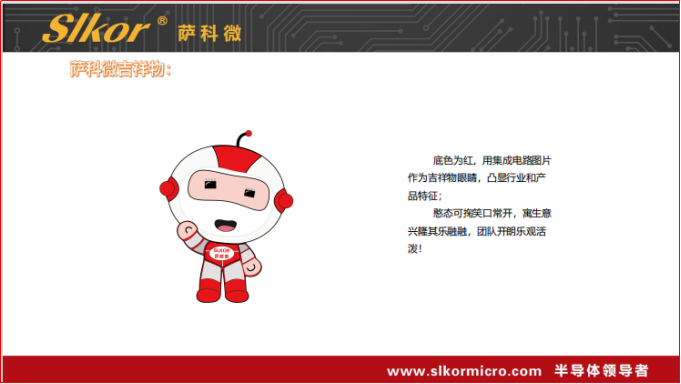
Mascot and explanation from SLKOR’s VIS Standardization System.
2. Dissipative Structures as Methodology
He Junju (SLKOR Deputy General Manager): "Organizations must be results-oriented, decompose goals, and strengthen execution." Optimizing processes, ensuring fair resource allocation, and shaping culture build efficient energy-converting dissipative systems.
Cheng Yujie (Kinghelm Deputy General Manager) expanded: "Integrate mentally into the broader socio-industrial ecosystem, optimize processes operationally, and build a culture of ‘strivers’." This triad forms an "Iron Triangle" against entropy accumulation.
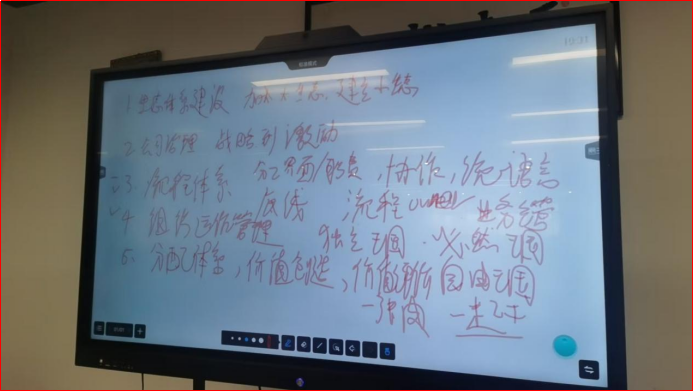
Excerpts from Jiang’s training materials.
II. Corporate Practice: Full-Chain Anti-Entropy Strategies from Strategy to Execution
Theory must translate into action. Executives proposed concrete anti-entropy paths:
1. Strategic Guidance: The Dual Role of Lighthouse and Baton
Kinghelm Sales Division II Deputy Director: "Strategy is the lighthouse; incentives are the baton." Companies need governance systems linking strategy to motivation, e.g., Huawei’s differentiated incentives (creating "temperature differences") to drive internal energy flow.
Zhang Junjun (SLKOR Sales Director): "Process standardization prevents risks and disorder." A closed-loop system (plan-report-meeting) ensures alignment with strategic goals.
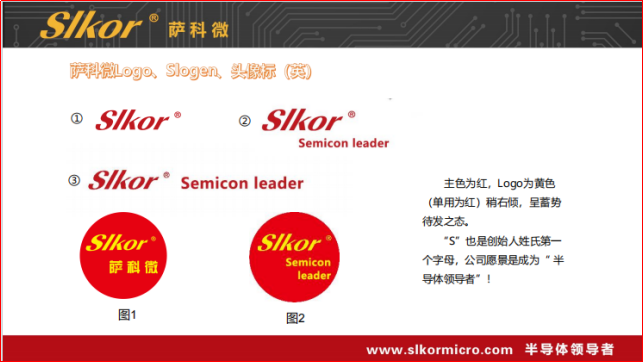
VIS elements: LOGO, Slogan, and avatar identifiers (SLKOR).
2. Mechanism Innovation: Breaking Equilibrium to Activate the Organization
Qiu Huilin (Foreign Trade Director) proposed an "internal-external synergy" model: Internal critical reflection breaks inertial thinking, while external "catfish factors" (new talent/tech) create disequilibrium to drive innovation.
Lin Ximei (Kinghelm Foreign Trade Sales Manager) summarized Huawei’s open-ecosystem approach: Absorb external energy (new markets), flatten structures (accelerate feedback), and implement transparent evaluation (promote evolution).
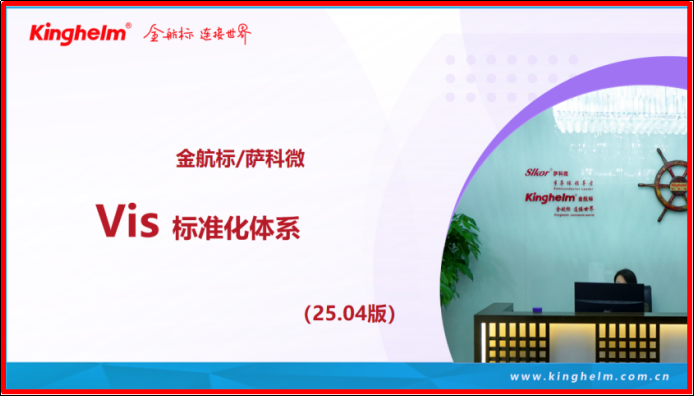
Kinghelm/SLKOR VIS Standardization System (v25.04).
III. Individual Evolution: Achieving Self-Transcendence Through Organizational Anti-Entropy
Organizational anti-entropy is fundamentally human anti-entropy. Executives stressed individual-organizational co-evolution:
1. Cognitive Upgrade: Breaking Boundaries, Continuous Input
Yang Shihan (SLKOR Sales Manager): "Life is a negative-entropy entity. Individuals must actively absorb energy like organisms." Cross-disciplinary learning and embracing critique ("critique is progress," per Zhang Junjun) delay mental rigidity.
Guo Yumei (SLKOR Google Promotion, Overseas Market Dept.): "Maintain ‘disequilibrium’ via knowledge renewal and cross-boundary exchanges to prevent competency entropy."
2. Action Principles: From Chaotic Struggle to Orderly Creation
Cheng Yujie (Deputy GM): "Freedom enables creation" – Encourage teams to leave comfort zones, driven by a striver culture.
Qiu Huilin (Foreign Trade Director): "Regular self-reflection identifies blind spots, turning entropy crisis into evolutionary momentum."
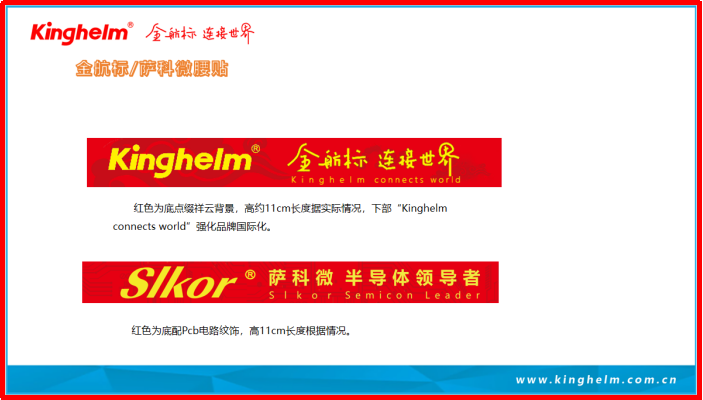
Office wall decals from Kinghelm/SLKOR VIS System.
Conclusion
Entropy increase is the universe’s ultimate law. Yet, as Yang Shihan (SLKOR Sales Engineer) stated: "True wisdom is planting apple trees in a cosmos with a known end." The mission of organizations and individuals is to create localized order through openness, innovation, and struggle, slowing entropy’s march. This training was not just theoretical—it sounded a call to action: Only by engraving "anti-entropy" into the organizational DNA can we secure a certain future in uncertain times.
Mr. Song Shiqiang concluded: Kinghelm and SLKOR will continue injecting vitality through:
l Recruiting top IC/high-speed connector talent
l Sending management teams for external training
l Forming expert tech/management advisory panels
l Developing new tech/products and entering new industries
l Partnering with industry leaders
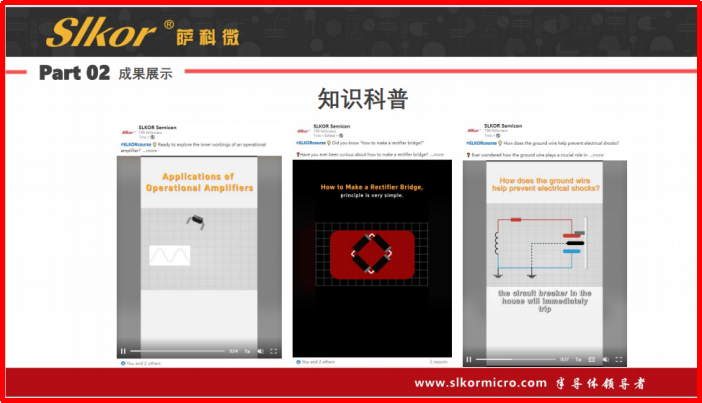
SLKOR’s semiconductor knowledge outreach overseas.
Recent Achievements:
l Kinghelm’s high-speed signal connectors and SLKOR’s SL4054 Li-ion charging solutions gained European client approval within months.
l SLKOR’s SL17N06D and SL11P06D MOSFETs (cost-effective, reliable, low-power, pin-to-pin replacements for international counterparts) are widely used in Panasonic/Toshiba robotic vacuums.
l SL17N06D: ROHS-compliant; low RDS(on); fast switching; fully rated avalanche capability @175°C (replaces IR’s IRFR024N).
l SL11P06D: Ultra-low RDS(on); P-channel; replaces IRFR9024P.
l SLKOR’s SL78L05 (paired with MOSFETs) powers dishwashers, power tools, etc.
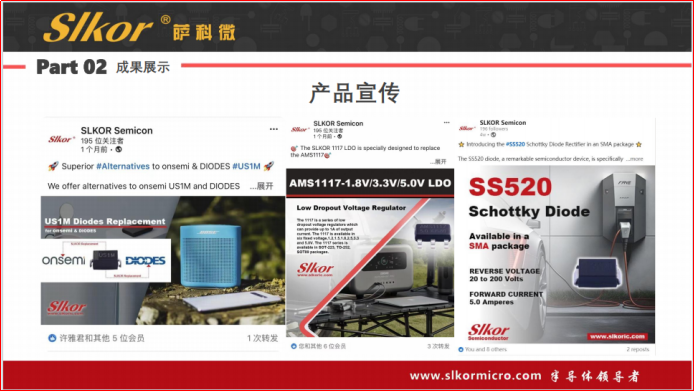
SLKOR’s overseas brand/product promotion.
Growth Highlights:
l Kinghelm (www.kinghelm.net) and SLKOR maintained ~80% CAGR in 2024.
l Brands "Kinghelm" and "slkor" (www.slkoric.com) gained global recognition.
l Success driven by fusing new tech/materials/products with new models/channels/thinking/tools.
l Operational Philosophy:
l "Replace Internal Competition (Involution) with External Competition (Battles)": Treat projects as battles. Market/sales teams scout intelligence; R&D deploys rapidly; logistics supports unconditionally. "Win every battle—accumulate small victories into major success."
l SLKOR executives study "On War" (Clausewitz) and "The Art of War" (Sun Tzu).
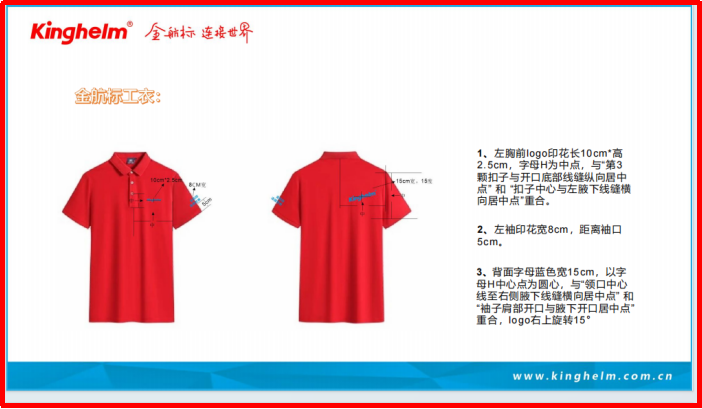
Workwear template from Kinghelm VIS.
Cultural Practices:
Adopt Huawei’s "Gray Management": Unwritten rules boost freedom/creativity.
Talent incentives: "Weekly Star Award," internal lecturers, team/individual targets, micro-innovation proposals, Spring Festival essays.
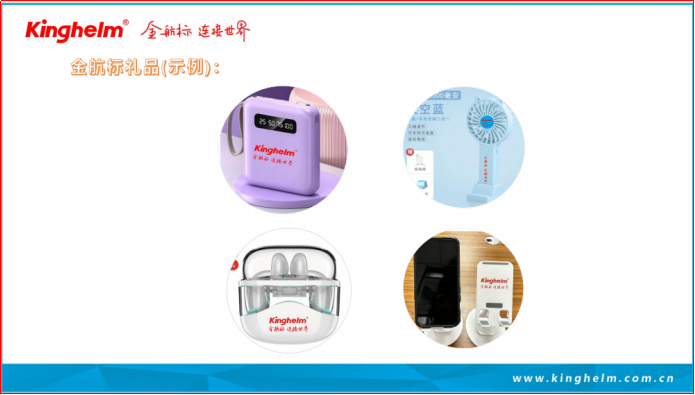
Gift designs from Kinghelm VIS.
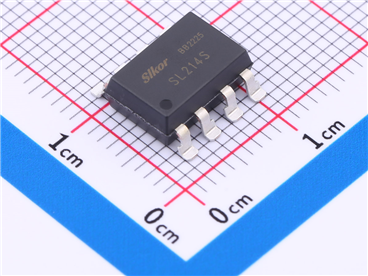
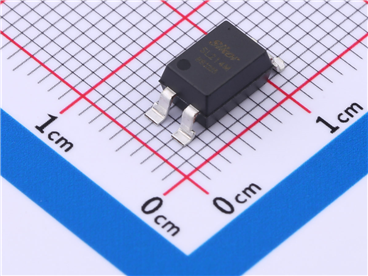
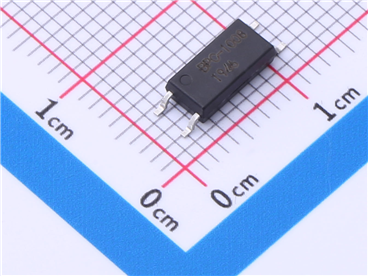
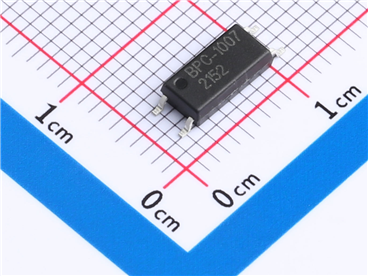
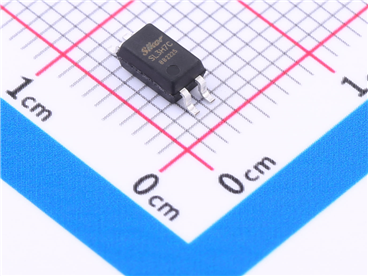

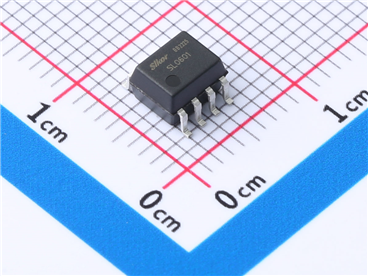

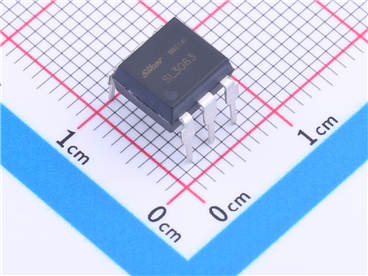
Site Map | 萨科微 | 金航标 | Slkor | Kinghelm
RU | FR | DE | IT | ES | PT | JA | KO | AR | TR | TH | MS | VI | MG | FA | ZH-TW | HR | BG | SD| GD | SN | SM | PS | LB | KY | KU | HAW | CO | AM | UZ | TG | SU | ST | ML | KK | NY | ZU | YO | TE | TA | SO| PA| NE | MN | MI | LA | LO | KM | KN
| JW | IG | HMN | HA | EO | CEB | BS | BN | UR | HT | KA | EU | AZ | HY | YI |MK | IS | BE | CY | GA | SW | SV | AF | FA | TR | TH | MT | HU | GL | ET | NL | DA | CS | FI | EL | HI | NO | PL | RO | CA | TL | IW | LV | ID | LT | SR | SQ | SL | UK
Copyright ©2015-2025 Shenzhen Slkor Micro Semicon Co., Ltd